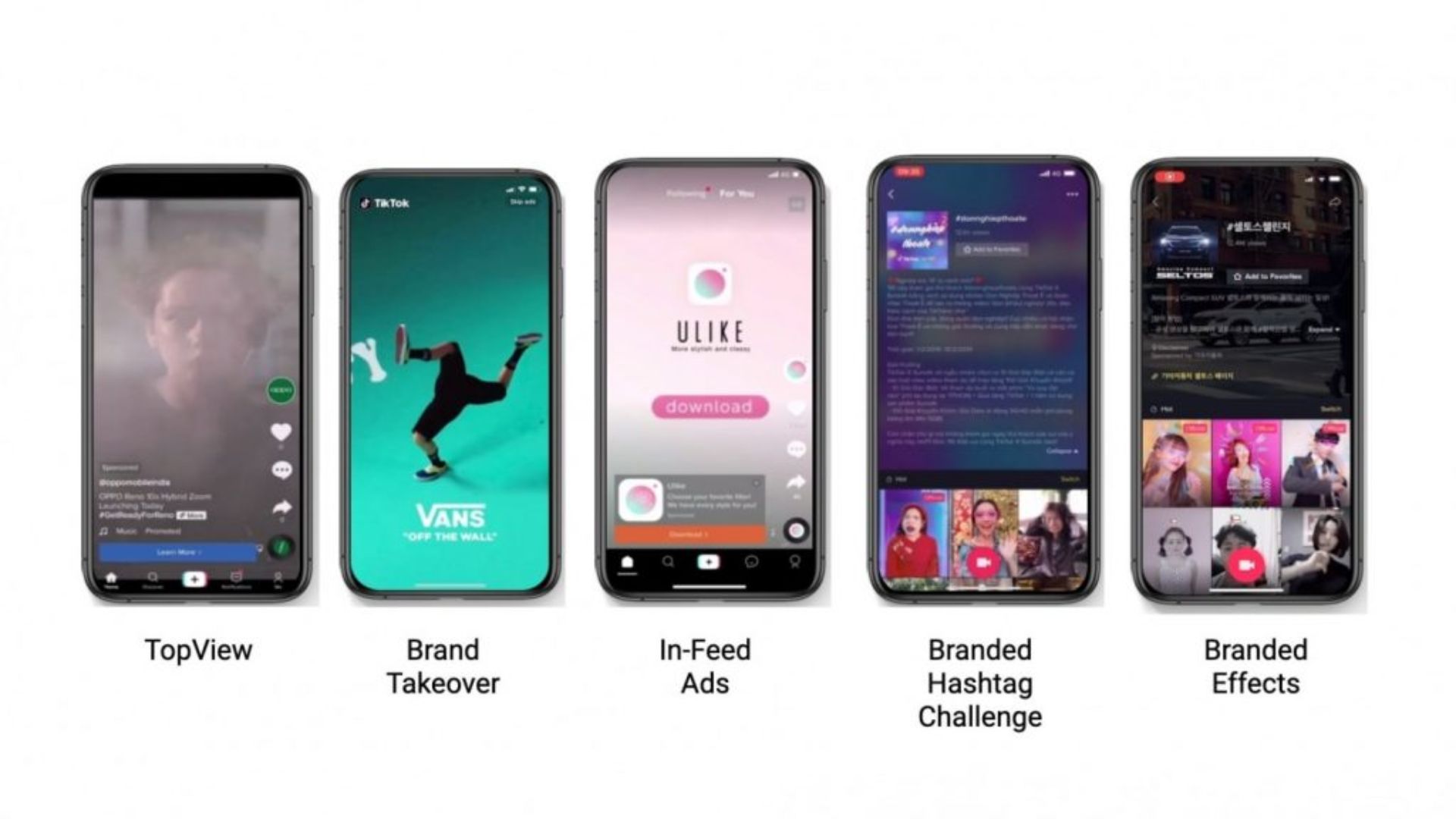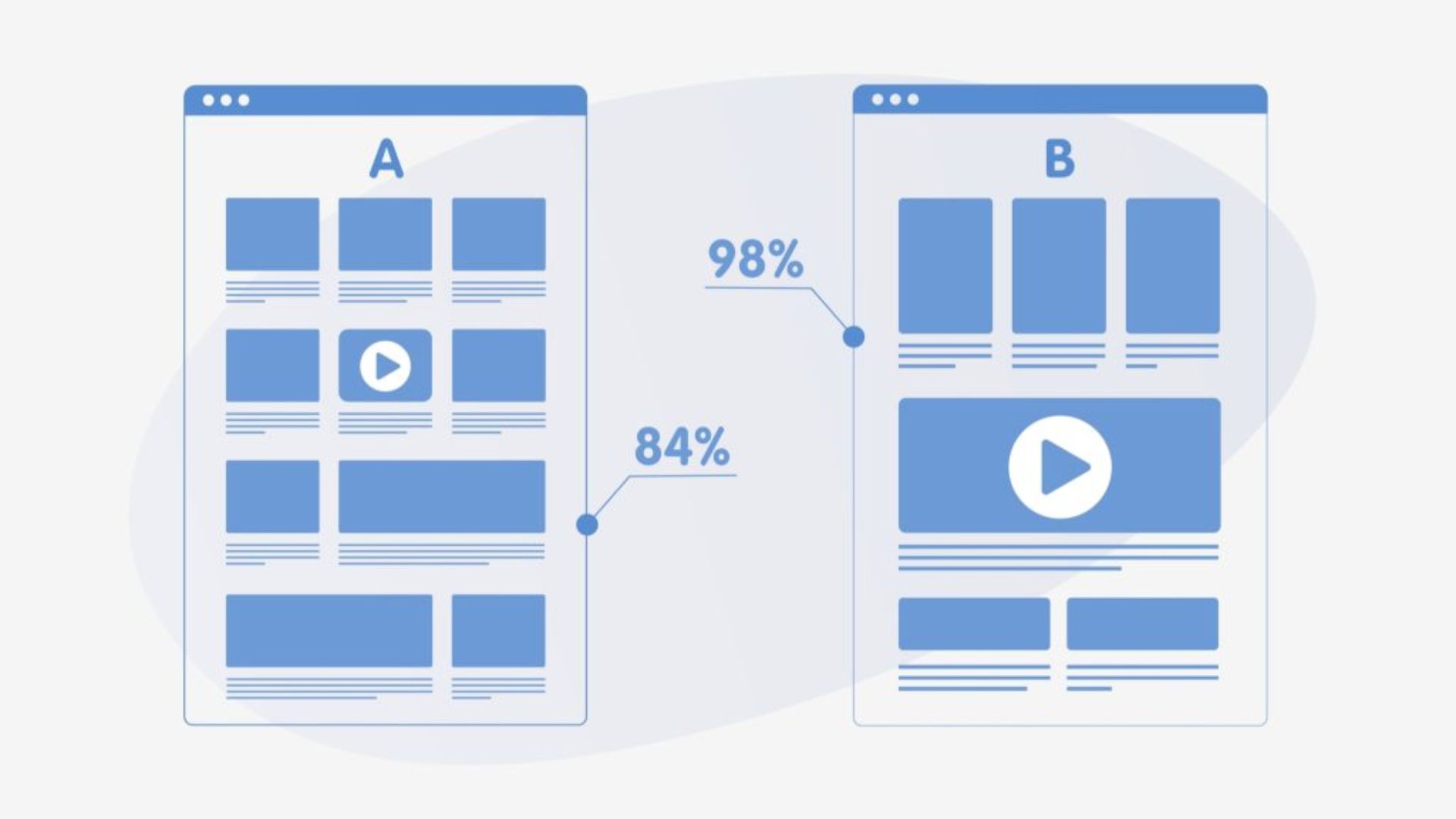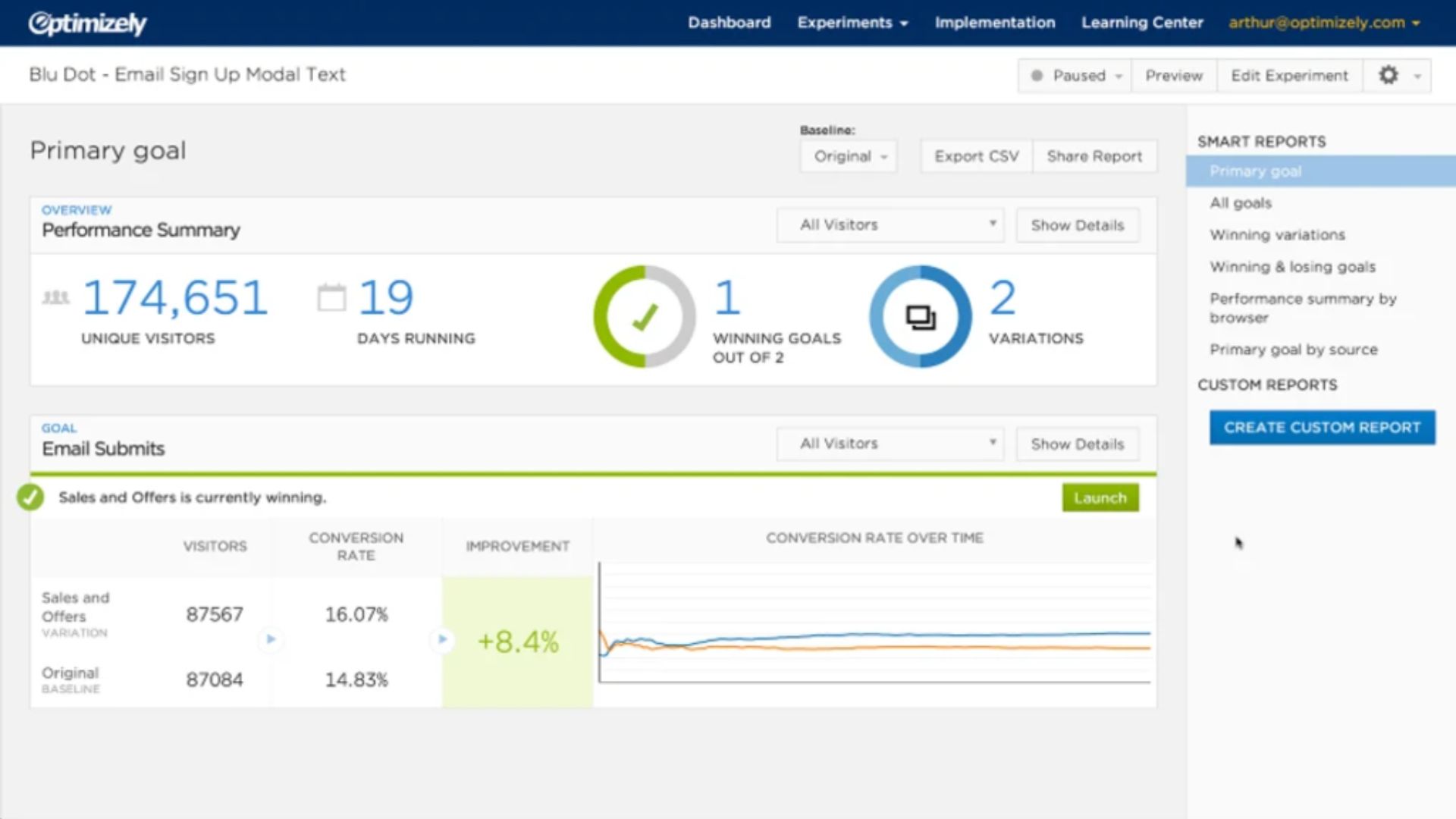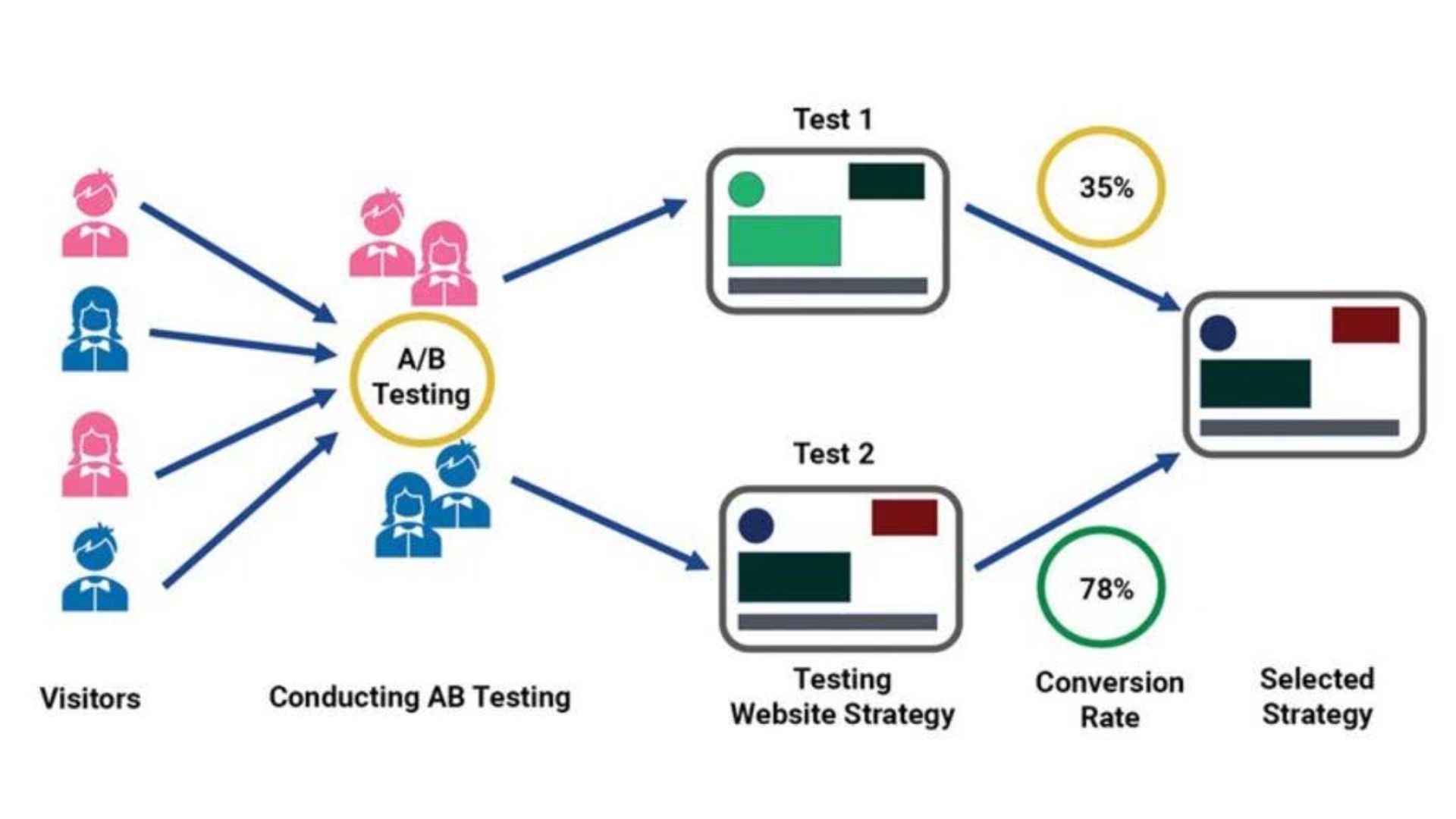Imagine you are trying to convince someone to join your favorite gym. You show them photos, discuss the equipment, and even offer a free trial. But what if they aren’t convinced?
A/B testing in affiliate marketing is like testing out different gym pitches. The test will show you which one gets the most sign-ups. You test different elements, see what works best, and then more commissions for you. This article will provide a detailed guide on A/B testing methods to optimize your affiliates.
How To Use A/B Testing To Improve Your Affiliate Campaigns?
Before you start tinkering, you need a plan. Are your initiatives failing to resonate with the audience for any reason? Do you think your headlines are bland? Somehow, your images are dull. Or your call to action is weak? Write down these doubts as “test hypotheses.” These are the guesses you will test through A/B testing. You must check if they are holding your commissions hostage.
Identify Elements to Test
There are several elements that you should consider testing. You can learn a lot about what appeals to your audience the most. Thus, it leads to data-driven decisions to enhance your affiliate business success.
Call-To-Action (CTA)
CTA (Call to Action) turns website visitors into paying customers. Persuasive whispers like “Click here!” or audacious shouts like “Buy now!” are examples of it. But creating the ideal call to action is a skill, not a science. A/B testing can help with that. Marketers can test text, design, urgency, and personalization elements. The power of a well-placed CTA could unlock affiliate marketing success!

Ad Placements/Types/Creatives
We advise experimenting with different ad placements, types, and creatives. The purpose is to identify the most effective combinations. This involves testing banner ads versus in-text ads and different ad sizes. Other creative elements are images, colors, and messaging.
Devices
Selling things online? Great! But people use all sorts of devices these days, from big computers to tiny phones. What looks amazing on one might be a mess on another!
Imagine a cool landing page that gets lots of clicks on desktops, but on phones, it’s all jumbled up and hard to use. People get frustrated and leave, and you miss out on sales.
That’s where A/B testing comes in. It’s like a special tool that lets you see how your campaigns look and work on different devices. You can try out different versions and see which one people like best on each device. Happy users on any device can become your customers, and A/B testing is your key to making that happen!
Content Topics
Imagine you’re a chef tempting people with your dishes. A/B testing helps you figure out which “content recipes” work best. You can test different topics, headlines, writing styles, and even images. Then, you see what grabs attention and makes people want to learn more.
Maybe a funny headline gets more clicks than a serious one. Perhaps in-depth articles convert better than quick tips. By testing different content flavors, you find the sweet spot that turns website visitors into happy customers.
Video & Images
Visual content can be impactful in affiliate marketing. A/B tests different video and image formats, lengths, and styles. Then, you can determine which drives higher engagement and conversions.
Email Subject Lines
If using email marketing, you test different subject lines to optimize open rates, take help of an AI email writer for guidance. You will check various lengths, tones, and personalization techniques. Thus, you can find which leads to higher email engagement.

Product Descriptions
A compelling product description can significantly influence buying decisions. Let’s check different approaches to product descriptions. For example, highlight essential features, use storytelling techniques, or emphasize benefits. A/B testing will provide the most persuasive and effective strategies.
Landing Pages
A well-designed landing page can make a significant difference in conversion rates. In A/B testing, you will analyze layouts, headlines, colors, and calls to action on your pages.
Audience Segmentation
Audiences are often segmented based on demographics, interests, or user behavior. The test results show which groups respond best to your offers and messaging.
Prepare Variations For Testing
Variations refer to the different versions of a specific element you’re testing. These variations are presented to different groups of users to see which performs better based on your chosen goal (clicks, conversions, etc.). You take the following steps to get variations based on selected elements:
- Brainstorm options. For each element, you list out potential variations. You consider different colors, text sizes, or even button shapes for a CTA. You try intriguing questions, limited-time offers, or even emojis for email subject lines.
- Keep data simple and focused. You should stick to one or two changes per element. Too many variations can cloud your results. You may struggle with identifying what’s working.
- Consider your audience. You care about what might resonate with your target audience. For younger demographics, bold visuals and humor might work well. For a more professional audience, clear and concise language might be preferable.
- Be consistent across variations. You ought to ensure the tone and message of your campaign remain consistent. Imagine making adjustments to your workout routine. You will never suddenly switch from weightlifting to yoga with no explanation.
- Document everything. You have to keep track of the specific changes made for each element. This will be crucial for analyzing your results later. You can think of it as taking detailed workout notes to track your progress.
Run The A/B Test And Analyze The Results
To conduct an A/B test and assess the outcomes, below is the concrete guide and tips for all marketers, even beginner affiliate marketers:
- Step 1: Define the test objectives. First, you need to set the goal of your test. It can increase click-through rates, improve conversion rates, or enhance user engagement.
- Step 2: Split your audience. You divide your audience into two groups. One group will be exposed to the control version (A) and the other to the variation (B).
- Step 3: Install the test. Now, you deploy the control and variation simultaneously. Please ensure they are presented randomly and consistently to users during the ongoing process.

- Step 4: Gather data. You should collect relevant data, including clicks, conversions, or engagement metrics.
- Step 5: Analyze statistics. You use statistical analysis to determine the significance of the results. Metrics like p-values or confidence intervals are crucial statistics. They determine whether the differences observed are statistically significant.
- Step 6: Interpret the results. You examine the data to draw insights and identify which version performed better. Then, do not forget to analyze the reasons behind the observed differences.

- Step 7: Make informed decisions. Based on the insights, you make informed decisions about implementing the preferred version. You can stop using the version that underperformed and had lower conversion rates. Or keep the version that showed higher success, like a higher open rate or click-through rate. Besides, you can identify areas for improvement and refine it to make it more effective.
What is A/B Testing in Affiliate Marketing?
A/B testing in an affiliate program compares two or more variations of a webpage, advertisement, or campaign. You show each version to different people and see which one gets better results. The goal is to identify the version that yields the most desirable outcomes.
This way, you learn what truly connects with your audience, not what you hope might work. You can make decisions based on real facts, not guesses. Whether you want more people to buy things or interact with your content, A/B testing is your secret weapon. It helps you improve your marketing step by step, like a map leading you to success!

A/B testing involves exposing different audience segments to variations simultaneously. Marketers measure their responses during these tests. By conducting controlled experiments, they can gather valuable insights. Results show which version generates higher click-through rates, conversions, bounce rates, or website traffic.
The beauty of A/B testing lies in its ability to foster data-driven decision-making. It allows marketers to optimize their affiliate marketing strategies. This leads to better conversions, sales, and future campaign performance.
Difference Between Split Testing And A/B Testing in Affiliate Marketing
These are 2 complicated terms, so to be easier, let’s explain in 2 examples!
- Split Testing: You have two completely different paintings. You show both to a group of people and ask which one they like more. That’s like Split Testing. You’re comparing two very different things to see which one people prefer.
- A/B Testing: Now, you just have one painting, but you create several versions of it by changing one small thing each time! Maybe the sky’s color, the tree’s size, or the house’s shape. You show these versions to people and ask which one they like more.
That’s like A/B Testing. You’re changing one small thing at a time to see which version people prefer.
We hope that, through the 2 simple examples above, you can image more easily! So let’s go into detail with deeper aspects!
| Criteria | Split Testing | A/B Testing |
| Definition | Testing two or more different elements (e.g., landing pages, ad copy, email templates) against each other. | Testing two variations of the same element (e.g., headline, call to action button, image) against each other. |
| Scope | Broader – can involve changes to entire workflows or processes. | Narrower – focuses on specific elements within a single piece of content or campaign. |
| Complexity | More complex to set up and manage, as multiple elements are involved. | Less complex to set up and manage, as only one element is being tested. |
| Data analysis | Can be challenging when isolating the impact of individual elements on performance. | Easier to isolate the specific impact of the variant on performance. |
| Benefits | Capture insights into broader user behavior and preferences but require careful interpretation. | Provides highly focused data on how particular elements influence conversion.
Offers clear insights between two variables but may not capture the complexity of multiple variations. |
| Challenges | Difficulty in isolating the impact of individual elements. | Can be difficult to identify statistically significant results if variations are too subtle. |
| Best suited for | Situations where you want to test major changes to your affiliate marketing strategy. | Situations where you want to optimize specific elements for improved performance. |
| Impact on Affiliate Marketing | This can lead to significant improvements in conversion rates by finding the best overall page layout or strategy. | It helps fine-tune specific elements that could lead to better click-through rates on affiliate links. |
Why do Affiliate Marketers Need to Test?
A/B testing in affiliate marketing is the lifeblood of successful affiliate marketing. It’s like having a scientific microscope for your campaigns. It allows you to see what resonates with your audience and what falls flat. To be more specific, below is an explanation of how A/B testing boosts your earnings:
- Ditch the Guesswork: Testing unveils what drives engagement and clicks. Is that bold CTA button a beacon or a turn-off? Does your email subject line intrigue or leave them snoring? Testing answers these questions with specific data, guiding you toward data-driven decisions.
- Maximize Conversions: You need to convert visitors into loyal customers. Testing helps you fine-tune your messaging, visuals, and offers to ignite that “Buy Now!” spark in their hearts. Every tweak can nudge you closer to conversion heaven. Changes can be a captivating headline or a persuasive product description.
- Beat the Competition: Testing is your secret weapon in the affiliate marketing landscape. By constantly updating, you outsmart competitors who cling to outdated tactics. A/B testing sets your offers apart and dominates affiliate rankings.
- Stay Ahead of the Curve: Trends shift faster than a hummingbird’s wings. Testing helps you understand what your audience likes right now. It is like possessing a crystal ball that can foretell customer desires. Testing ensures that your campaigns are fresh, relevant, and focused on generating conversions.
Example of A/B Testing in Affiliate Marketing
These cases show how A/B testing appears in different aspects of affiliate marketing. You can learn from these case studies and apply the principles to your campaigns. By doing this, you can experience the power of data-driven experimentation.
Boosting Landing Page Conversions with CTA Text Tweaks
An affiliate landing page and blog post offered a decent traffic source but had stagnant conversion rates and high bounce rates. She suspected the “Buy Now” call to action wasn’t engaging enough.
- A/B Test Setup: Group A saw the original “Buy Now” button, while Group B saw a new version with the “Fuel Your Fitness Journey – Add to Cart!”.
- Results: Conversion rates for Group B skyrocketed by 25%! Visitors seemed to connect with the motivational and personal tone. Their sense of urgency to act is increased.
- Analysis: This simple A/B test highlights the power of subtle copy changes. Focusing on the user experience and offering a specific action step (“Add to Cart”) resonated much stronger than the generic “Buy Now.” What Sarah did was to adjust CTA with exciting words to match the audience’s interest.
Email Click-Through Rates
A travel blogger faced a challenge with his email newsletters. Though he regularly sent newsletters, few people opened or clicked on the affiliate links. The problem was that his emails needed to be found in crowded inboxes.
- A/B Test Setup: To tackle this problem, Michael decided to conduct an A/B test. He created two different subject lines for his newsletter.
Version A had a standard approach: “Top 5 Deals on Beach Getaways!”. Version B used humor and urgency in the subject line: “Oceans Calling! Don’t Miss These Beach Steals – Last Chance for Sun Kissed Savings!”.
- Results: The test results were quite impressive. Version B had a 30% higher open rate and a 45% higher click-through rate. This means that the audience was attracted when the subject line was urgent. Michael’s emails stood out in the crowded inboxes and attracted recipients to explore the travel deals.
- Analysis: The result illustrates that injecting personality into the messaging was crucial. Michael knew that his readers appreciated humor and value. So, he crafted a subject line that reflected those aspects and triggered curiosity. This A/B test proved that a little creativity could make a significant difference in driving traffic to the affiliate offers.
FAQs
- What tools can I use for A/B testing in affiliate marketing?
There are various great A/B testing tools out there, catering to different budgets and skill levels. The suitable one is chosen based on your budget, the complexity of tests, and technical expertise. Some simple tools include:
Free: Google Optimize, Hotjar, Optimizely (limited features)
Paid: Unbounce, VWO, Optimizely (full features), Leadpages
- How often should I perform A/B testing in affiliate marketing?
Consistency is key! You should test at least one element monthly, especially during high-traffic periods. The frequency depends on your campaign traffic and goals. We recommend you experiment regularly to optimize your campaigns.
Conclusion
A/B testing is a powerful tool in affiliate marketing. It enables marketers to make data-driven decisions and optimize their campaigns. By comparing different variations and measuring user responses, marketers can refine their strategies.
To effectively conduct A/B testing, you should use reliable testing tools. You must run tests regularly to lead in the competitive affiliate marketing landscape. By leveraging A/B testing, you can enhance your affiliate marketing efforts. This will ultimately drive success in your affiliate marketing endeavors.







